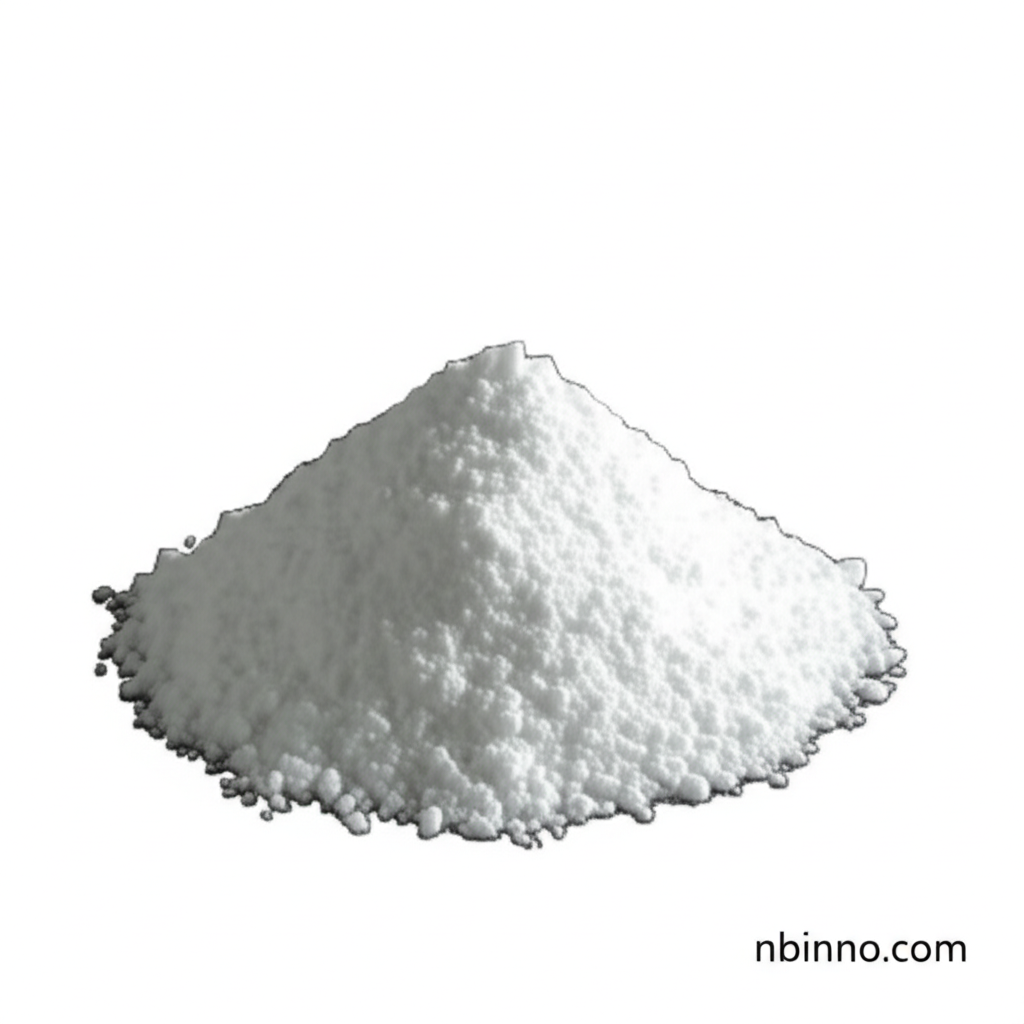Tri(2-furyl)phosphine: A Versatile Organophosphorus Compound for Catalysis and Pharmaceutical Synthesis
Explore the unique properties and applications of this key organophosphorus compound.
Get a Quote & SampleProduct Core Value

Tri(2-furyl)phosphine
Tri(2-furyl)phosphine is a crucial organophosphorus compound characterized by its white powder appearance and a melting point range of 59-64°C. It is widely recognized for its utility as a homogeneous catalyst and a ligand in various chemical reactions, particularly in palladium-catalyzed cross-coupling processes. Its application extends to the synthesis of chiral organic molecules and serves as a vital intermediate in the pharmaceutical industry, contributing to the development of new drug candidates.
- Leverage the power of palladium catalyzed coupling reagent for efficient organic transformations, significantly improving synthesis yields.
- Utilize this organophosphorus compound in synthesis for a broad spectrum of chemical research and development projects.
- Discover the extensive Tri(2-furyl)phosphine applications in creating novel materials and complex organic structures.
- Explore its role as a homogeneous catalyst for organic reactions, enabling cleaner and more selective chemical processes.
Advantages Offered by the Product
Enhanced Catalytic Activity
As a homogeneous catalyst for organic reactions, Tri(2-furyl)phosphine enhances reaction rates and selectivity, leading to more efficient chemical synthesis pathways.
Key Pharmaceutical Intermediate
Its role as a pharmaceutical intermediate is critical for the development of new medicinal compounds, contributing to advancements in drug discovery and treatment options.
Versatility in Synthesis
The compound's versatile nature makes it an indispensable tool for researchers undertaking complex organic synthesis, facilitating the creation of intricate molecular architectures.
Key Applications
Catalysis
Tri(2-furyl)phosphine is extensively used as a ligand in catalysis, particularly in palladium-catalyzed reactions, showcasing its effectiveness in coupling reactions.
Pharmaceutical Development
It serves as a vital building block and intermediate in the synthesis of various pharmaceutical compounds, aiding in the creation of new therapeutic agents.
Organic Synthesis
Researchers rely on this organophosphorus compound in synthesis for creating complex organic molecules, including chiral entities, pushing the boundaries of chemical innovation.
Materials Science
Its unique properties lend themselves to applications in materials science, potentially contributing to the development of new functional materials and polymers.
